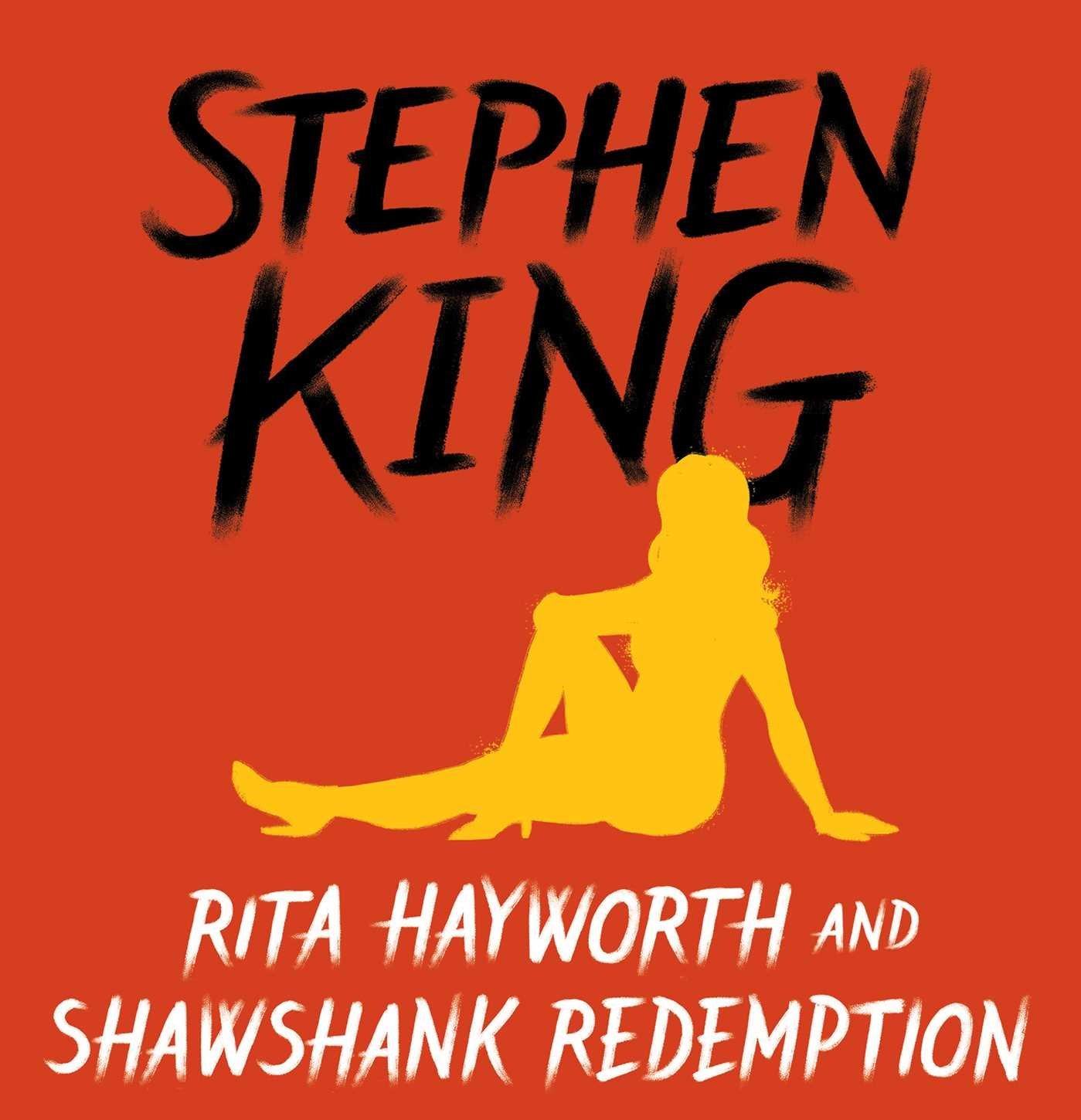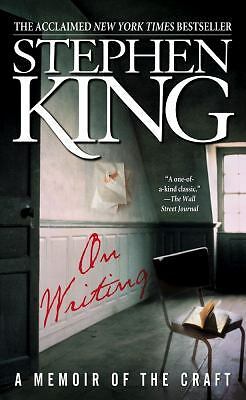
I enjoyed Stephen King’s book On Writing so much that I looked for something else from him. Preferably something that is not creepy. This was not a full novel, but a novella. It is part of a collection of novellas entitled Different Seasons and bound into one book. This novella was made into the film The Shawshank Redemption. I loved the movie. It has been a long time since I have seen it, but I do not remember it being creepy, so this looked like a good place to start.
After about 20 pages I was hooked. The main character, Andy, is a successful banker. His cheating wife and her lover are murdered. The police believe Andy did it. They do not have much in the way of evidence other than a strong motive and the lack of a solid alibi from Andy. Andy, in fact, had nothing to do with the murders. He is the victim of some very unfortunate circumstances and a very flawed judicial process. It is not really explained, but for some reason Andy testifies at his trial. This almost never happens in reality because it rarely has a good outcome for the defendant and the defendant cannot be compelled to testify at his own murder trial. Anyway, he is convicted and wrongly sent to prison.
Having the appearance and many of the mannerisms of a typical banker is not generally helpful in a prison population. Throughout the beginning of Andy’s residency in the prison, he is regularly sexually assaulted by a group of its most depraved inmates. He eventually gains the favor of the “screws” (prison guards) and the warden by helping them with various legal and illegal financial matters. This eventually gains him extra privileges and protection which eventually keeps him safe from the prison’s miscreants.
Well into his stay, another inmate recounts a story of another inmate in another institution. This inmate brags about killing a man and a woman. The murder matches the one Andy has been sentenced for very closely. Andy attempts to have the warden look into it, but this just pisses the warden off. The warden has enjoyed Andy’s help on many shady dealings, and has no desire to see him as a free man. Andy protests and is punished until he realizes that no justice will be given to him. He appears to fall, “back in line,” as a model inmate to appease the warden. All the while, for 27 years, I believe, he is implementing a plan for escape. He burrows through his cell wall with a rock hammer and then squirms through 500 yards of disgusting sewer pipe to freedom. This is where the movie differs somewhat from the book. In the movie Andy sends incriminating evidence of the warden’s illegal activity to the local media, picks up large sums of money from local bank accounts, and heads off to Mexico to live a new life. He is then joined there by his longtime prison friend who is paroled after Andy escapes. In the book Andy does not leave anything to indict the warden. The warden does, however, leave the prison embarassed and broken by Andy’s escape. I liked the movie’s ending better, but I loved both. There is one more story in this book that does not seem too creepy. It is called The Body. The title sounds creepy, but it was turned into the movie Stand by Me. It also was a very good movie and not too creepy. I will start on that next.


